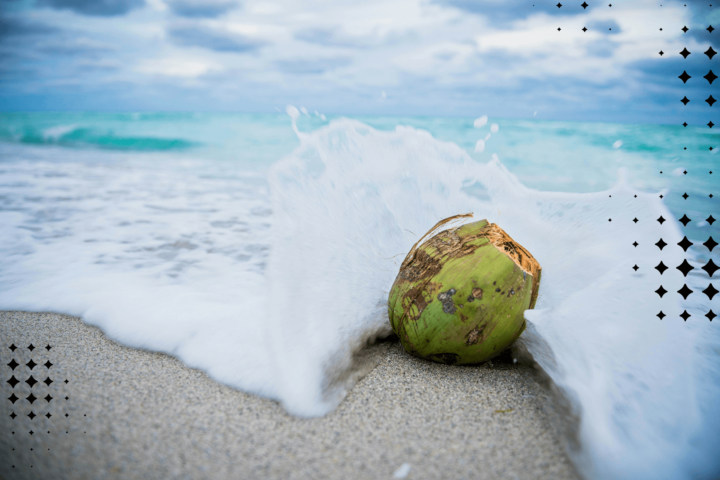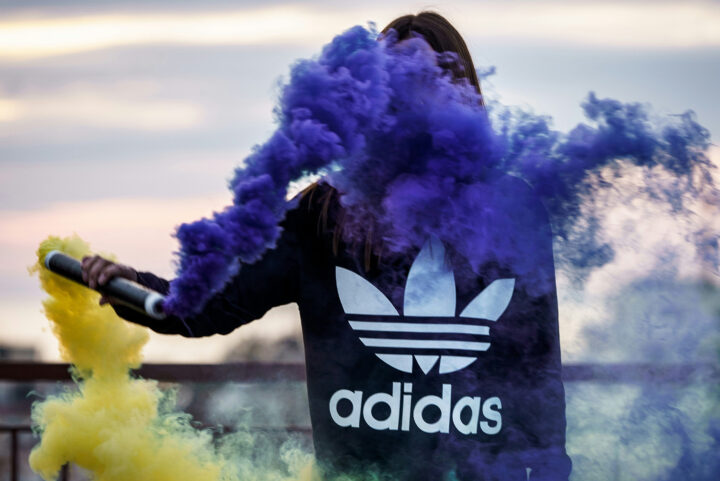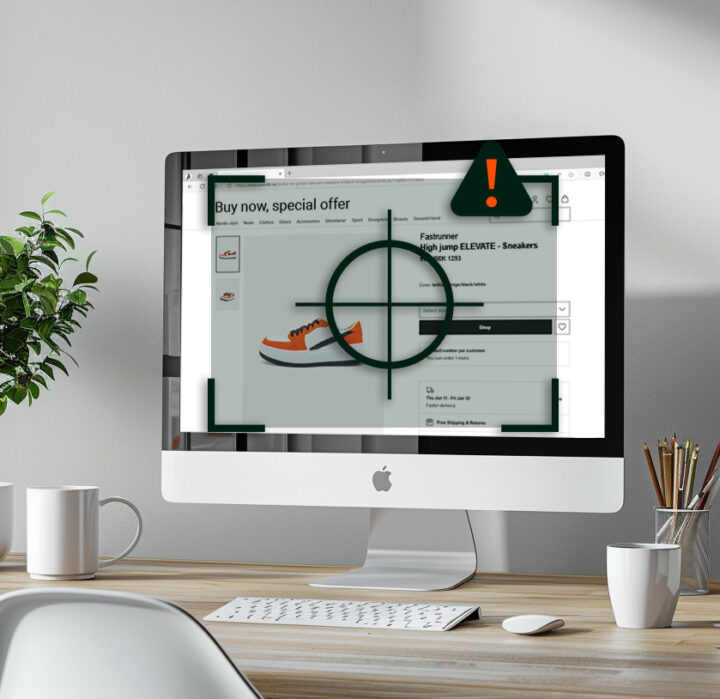Blog

Former leader at FIFA reveals reasons for recent move to Abion

The .nu Domain Debate: Insights from the Recent Court Decision

Abion Boosts Swiss Presence with Key Appointment of Daniel Zohny, Former Head of Intellectual Property at FIFA

Record-breaking number of domain name disputes in 2023: A sign of the times?

Building Blocks of Victory: LEGO’s Recent Legal Triumph

New Year, New Venture? Strategies for Success

Abion expands its global presence with the opening of a new office in Dubai
Stay up to date with the latest news on Facebook and LinkedIn

